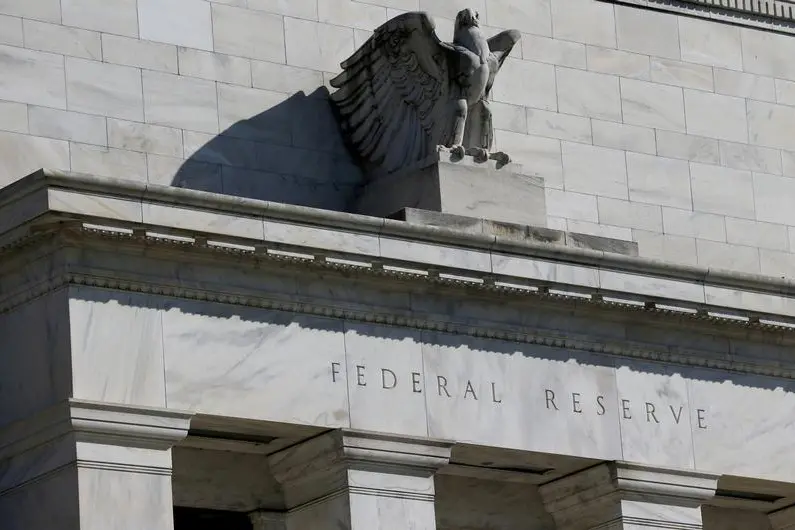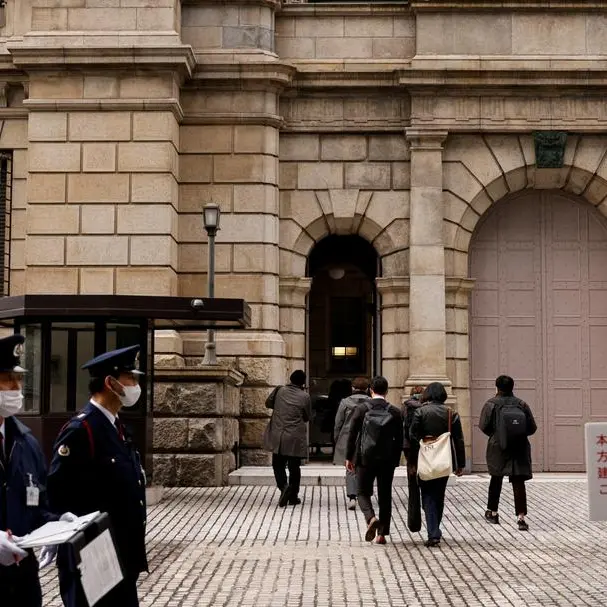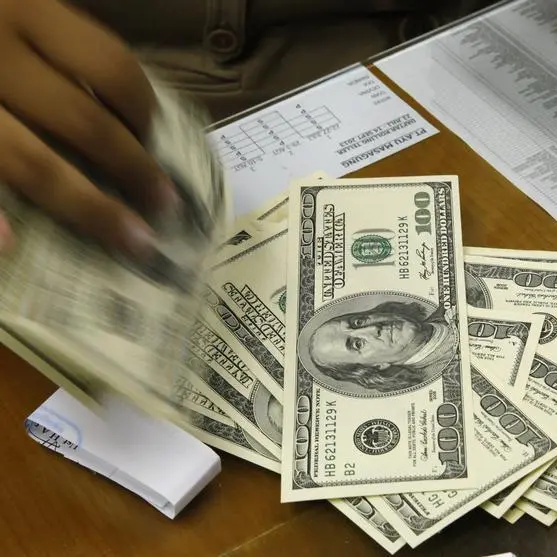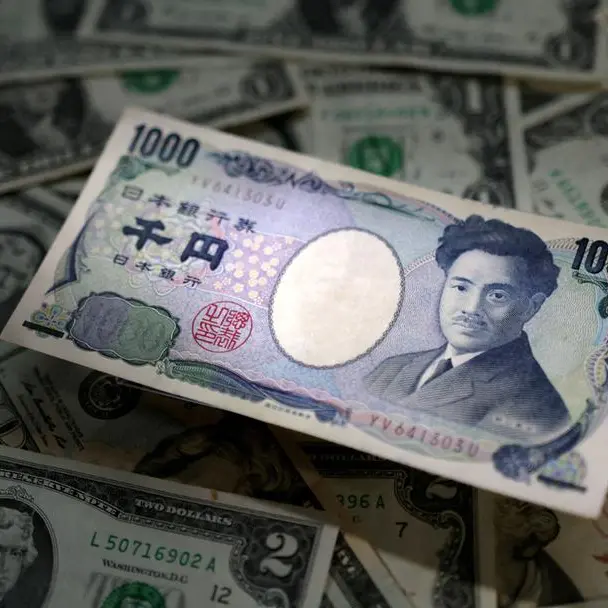PHOTO
NEW YORK - The test of working markets isn’t whether or not they wobble, but how quickly they right themselves. The dramatic moves that led to the U.S. central bank shunting $53 billion into the system on Tuesday show that the unexpected can still occur, even in an era of tight bank regulation and relative financial stability. Such ripples can be tolerated without much trouble.
The Federal Reserve had to dust off a tool it hasn’t used in a decade after the rate at which banks lend to each other in exchange for low-risk securities spiked. Normally it sticks pretty close to the federal funds rate – the one targeted by the central bank that’s currently below 2.25%. Yet suddenly it hit a level 4 times that. In turn, the federal funds rate leapt to the top of the Fed’s comfort zone. In short, it looked like banks were suddenly short of cash.
It’s a whodunnit with plenty of culprits, though no real villain. Companies are preparing to pay their tax bills, so have been drawing down on their balances. The Treasury had just stuffed around $54 billion of new notes into the system as it raised new funds, which soaked up liquidity at a time when banks already sit on high levels of U.S. government debt. Meanwhile, lenders are jittery ahead of the Fed’s decision on whether to cut rates, due on Wednesday. They're also nervous about the trade war, the likelihood of actual war and oil-market disruptions.
Big banks might use Tuesday’s ructions to bolster their argument that tough regulation has left markets more brittle. They are subject to leverage ratios that force them to hold capital commensurate with the size of their balance sheet. But they don’t get any credit for their stash of Treasury securities, which carry little or no risk. One theoretical pitfall of that is that when market squeezes happen, they’re less able to help.
The real lesson is that the drama quickly subsided. The Fed said on Tuesday that it would follow up its offer of cash for the market with another similar maneuver on Wednesday. An overnight repo may even become a regular feature, as some regulators including the St. Louis Fed have previously suggested. Sure, such tactics haven’t been the norm for 10 years. But they’re one throwback to pre-crisis times that the market can live with.
CONTEXT NEWS
- The U.S. central bank injected $53 billion into the financial system on Sept. 17 in response to a rate spike in the repo market, which banks use to lend to each other in exchange for securities like Treasury notes.
- The Federal Reserve added the funds through an overnight repurchase operation, which allows banks to swap low-risk, highly liquid securities for cash. It offered $75 billion, though the eventual demand was less. It said it would repeat the process on Sept. 18.
- After the repo rate hit 10%, according to Refinitiv data, the federal-funds rate, at which institutions lend to one another overnight on an unsecured basis, hit the top of the 2%-2.25% band that the central bank targets.
- The Fed began its two-day policy meeting on Sept. 17. Traders were predicting that it would reduce its policy rate by a quarter of a percentage point to a range of 1.75% to 2% on Sept. 18, Reuters reported.
(Editing by Antony Currie and Leigh Anderson)
© Reuters News 2019












